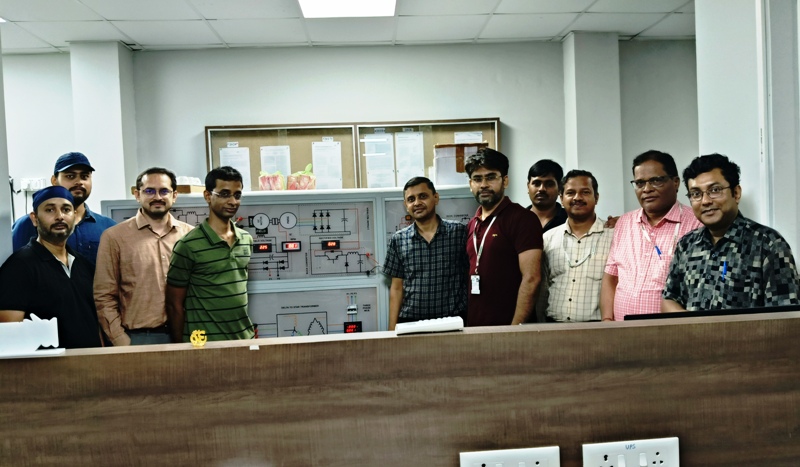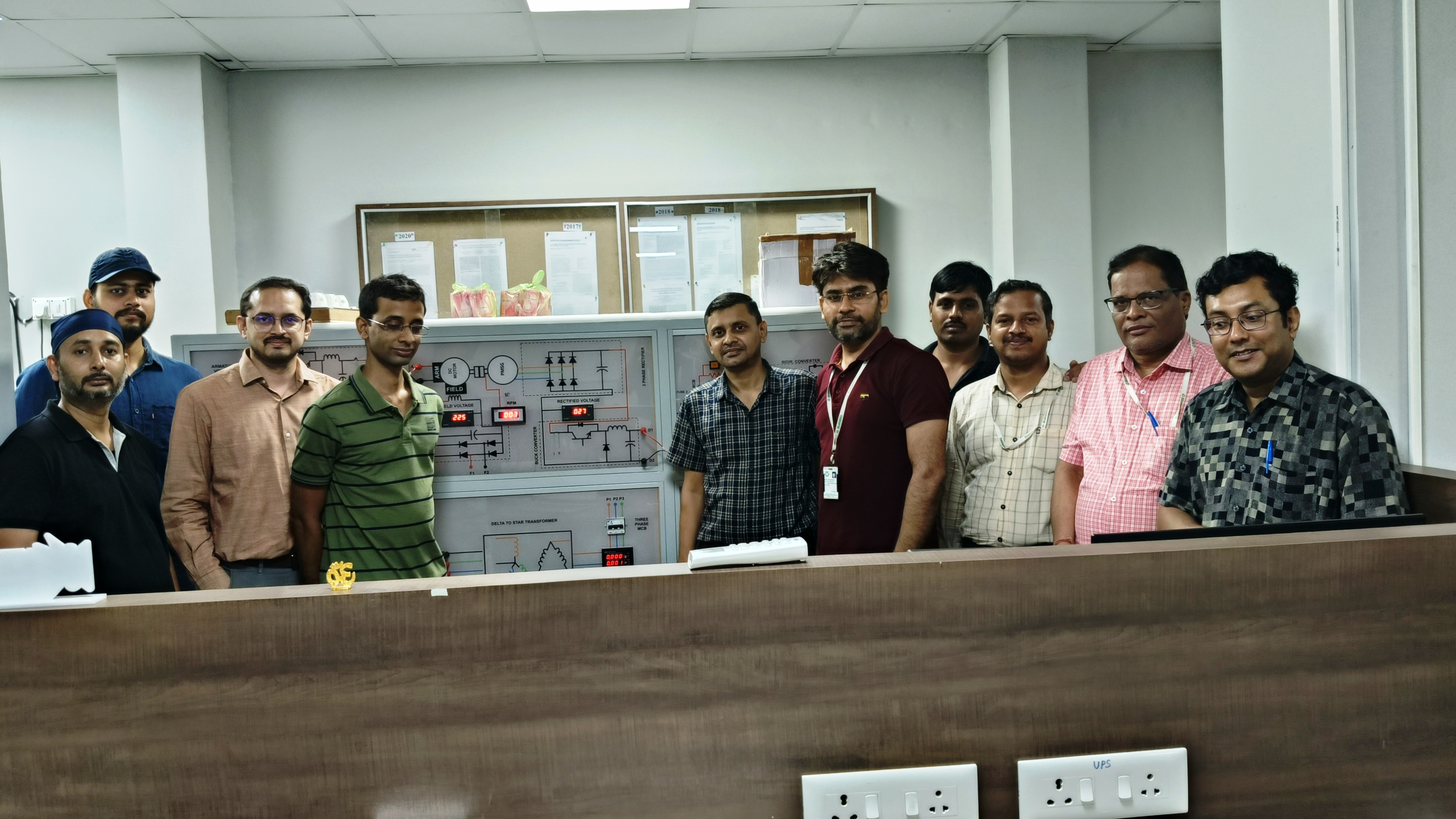Implemented Models: Irregular Wave, Chamber, and Turbine
A) Irregular Wave Model:
The sea surface is characterized by a frequency spectrum, derived from real
wave measurements. This allows reproduction of realistic sea states in the time
domain. The system implements several spectral models—Pierson–Moskowitz,
JONSWAP, TMA, and Bretschneider—executed in real-time using an FPGA board (Sb
RIO 9607). A higher number of harmonics increase realism but also processing
time.
B) Chamber Model:
A simplified model considers the air column as incompressible, and wave height
is equal to water surface elevation inside the chamber. This simplification
helps decouple the OWC and PTO systems, maintaining the wave’s multifrequency
nature in power generation. A pressure relief valve keeps the turbine torque
coefficient within the stable range before stalling.
C) Turbine Model:
A Wells turbine is modeled using the torque coefficient as a function of the
flow coefficient. The torque derived from this model is reproduced in real time
using a controlled DC motor. Efficiency drops sharply beyond the stall point,
as shown in the characteristic curves integrated into the prototype.


